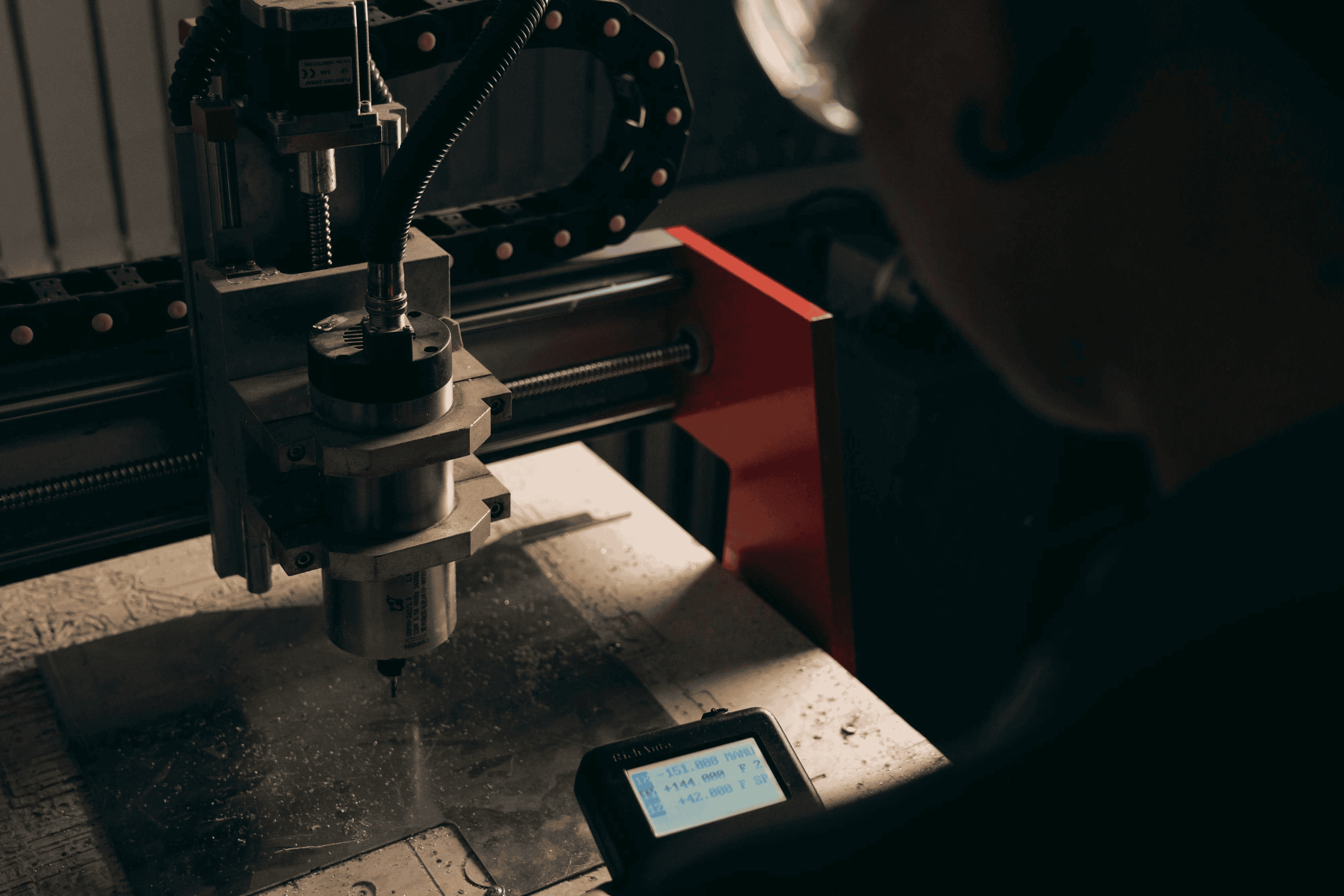Custom Fabrication

Custom fabrication is the practice of turning a one off requirement into a physical part or assembly that fits exact dimensions, materials, and performance needs. Instead of mass production, this work focuses on unique geometry, tight tolerances, and validated fitment. Teams rely on it when catalog parts will not solve the problem, whether that is a bracket that nests around a complex frame rail, a sealed enclosure, or a structural subframe that has to align with legacy hardware. You will see many names for these suppliers in search results, including custom fab, custom fabricating co, custom fabrication inc, and custom fab inc, but the fundamentals are consistent across reputable shops.
Custom fabrication company producing precision metal parts on a shop floor
A quality driven shop begins with accurate design data. That might be a fully detailed CAD model, a 2D drawing with dimensions and datums, or a scanned mesh that captures an existing part. From there, fabricators plan the routing of raw stock through cutting, forming, joining, and finishing. Each stage affects tolerance stack up, so upstream choices like material grade and thickness influence downstream steps like bend allowances, weld sequence, and surface finishing. The best outcomes come from early dialogue on design for manufacturability, where fine adjustments save time, reduce rework, and keep costs predictable.
Custom fabrication spans a toolkit of processes that can be combined to hit the spec, schedule, and price target. Metals dominate this space, especially steel, stainless, and aluminum, though plastics and composites appear in certain housings, guards, and interior components. Across these materials, three themes decide success: precision in cutting, control in forming and joining, and consistency in finishing and quality checks.
Cutting sets the baseline for accuracy. Laser and plasma tables translate CAD geometry into clean edges at scale, with kerf control and heat input tuned to the alloy and thickness. Waterjet excels when material properties cannot be altered by heat or when mixed materials are involved. CNC routing handles sheet goods and composites with smooth edge quality. Good programs consider tabbing, lead in points, and part nesting to minimize scrap and preserve flatness for later forming.
After cutting, parts move into press brake operations, rolling, and other forming steps where bend radii, springback, and tooling choice shape the outcome. Joining methods include MIG and TIG welding, spot welding, and mechanical fastening when dissimilar materials or serviceability require it. Heat control during welding prevents distortion and keeps hole patterns aligned. Finishing turns a raw assembly into a ready to use component. Options include media blasting for adhesion, powder coating for durable color, e coat for corrosion resistance, and anodizing for aluminum. Each finish has prep steps and curing profiles that affect schedule and appearance.
Lead time is shaped by material availability, machine time, setup time, and inspection. Prototypes carry more setup per part, while small batch production spreads those setups across a run. Costs also move with complexity, tolerance bands, and secondary ops like hardware installation or sealant application. Clear drawings, realistic tolerances, and an agreed inspection plan reduce back and forth and keep total landed cost in check. Shops that publish a capabilities matrix and hold certifications make it easier to align expectations.
Finding the right partner starts with matching your requirements to real capabilities. Review past work to confirm experience with your material, thickness range, and assembly complexity. Inspect example drawings to see how they call out datums, GD and T, and finish specifications. Look for modern equipment, from well maintained cutting tables to calibrated brakes and certified welding teams. Finally, judge communication by how they handle your RFQ and how clearly they document assumptions, tolerances, and inspection steps.
Many companies label themselves in shorthand, so you may encounter custom fabrication inc or custom fab inc alongside custom fabrication company. The name matters less than proof of process control, repeatability, and a track record of parts that install without drama. When you narrow your shortlist, request a small prototype or a pilot run to validate tolerances, finish, and packaging. Use that data to confidently scale to volume.
If you are building components for vehicles, outdoor products, or mobile workspaces, the path from design to road ready parts calls for a fabricator who understands fitment in real environments. At OZK Customs, our team applies the same discipline used in premium vehicle builds to brackets, racks, enclosures, and structural assemblies. See the range at Custom fabrication at OZK and review our Fabrication services overview for specifics on cutting, forming, welding, and finishing. To understand how we operate and why teams trust us with complex projects, visit Why choose OZK Customs.
Ready to turn your drawing into a durable part that installs cleanly and looks the part every time? Share your print, material, and finish needs, and we will translate your intent into a clear plan with quoted lead time and validation steps. Our process focuses on accuracy, communication, and a smooth handoff so your assembly works on the first try and keeps working in the field.
Tell us about your part, function, and timeline. OZK Customs will define materials, tolerances, and finish, then quote and schedule your build so you can move from idea to installed.
ADDRESS:
6159 E Huntsville Rd, Fayetteville, AR 72701
PHONE:
(479) 326-9200
EMAIL:
info@ozkvans.com